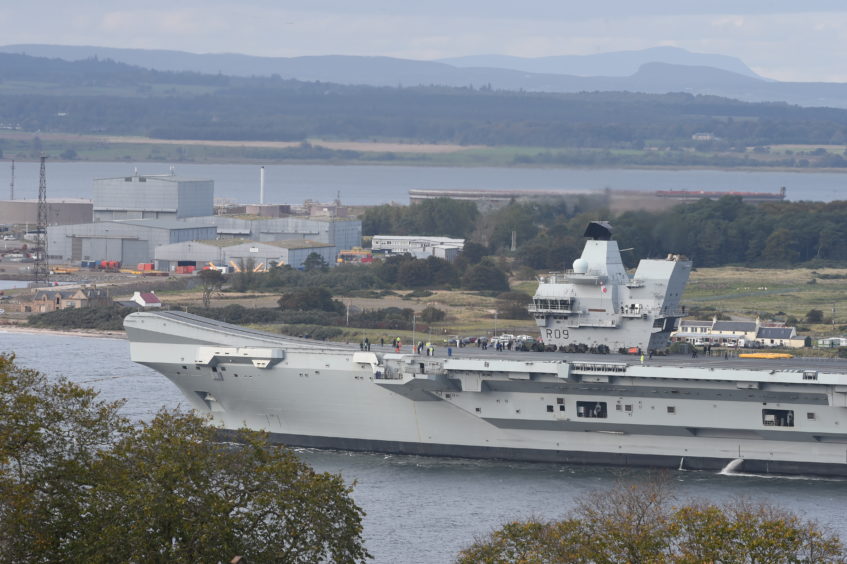

The Battlestar Galactica is the epitome of this, along with the Space Battleship Yamato and Imperial Star Destroyers. This is essentially a capital ship with the primary offensive options being its own big guns, with the fighters to serve as interceptors against incoming enemy strikes or to provide utility and ability for surgical strikes when main cannons are too blunt of an instrument. Naturally comes hand-in-hand with the Space Fighter given that strikecraft are an important part of a Battlestar, see also their Analysis page for some arguments on their use or lack thereof, which may have knock-on effects on the feasibility of Battlestars.Īs a general rule, the Battlestar is portrayed in one of three ways: May also have a "little brother", the Airborne Aircraft Carrier. This trope is named for the Battlestar note a portmanteau of battle star ship class of warships from Battlestar Galactica (1978), one of the first such depictions to reach widespread audiences.


As missile technology and remote piloting advance, the aircraft launched by the carrier may become unmanned smart munitions, blurring the line between missiles and attack craft. Currently, major warships that aren't carriers or amphibious assault ships are missile ships, each capable of launching a relative Macross Missile Massacre, so the other side better hope it isn't Point Defenseless.

Modern warfare may eventually subvert this trend. It had none of the battleship's armament and durability, but it could project force hundreds of kilometers away, without ever endangering the ship itself - which made most WWII aerial/naval battles decidedly one-sided. The flagship of the future that encompasses both artillery and piloting tropes: a hybrid carrier/battleship.ĭuring World War II, the honored tradition of building more and more powerful gun-toting battleships came to an abrupt halt when naval artillery became largely supplanted by the aircraft carrier.


 0 kommentar(er)
0 kommentar(er)
